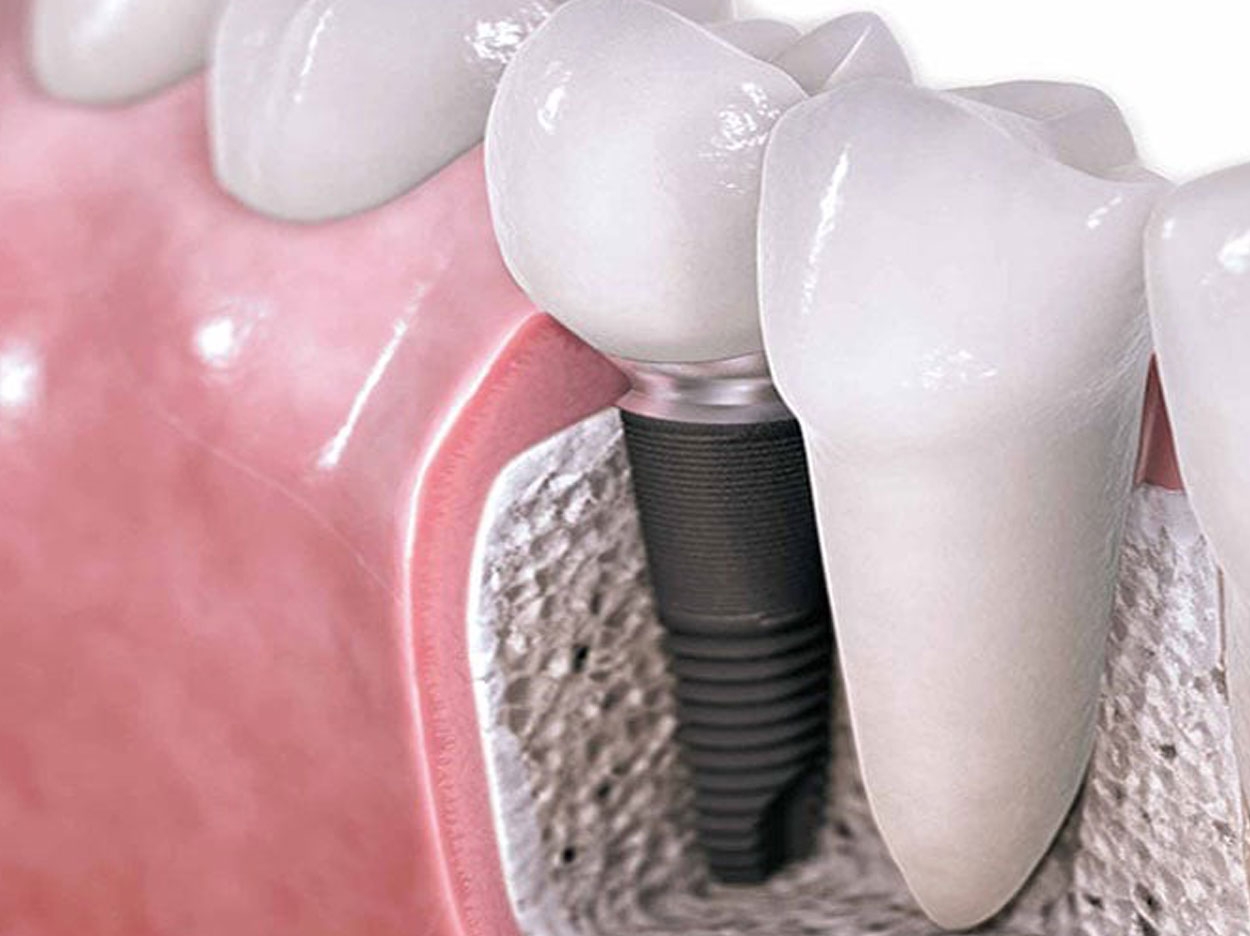
When you think of our daily lives, technology affects us in so many ways! I sometimes reflect upon how studying during my dental school years at Georgetown would have been easier if I had access to a laptop, iPad, or other communication technologies. These technological tools would have made it much easier with respect to organization, presentations, and the logistics of being a student. In terms of learning fundamental dental practice techniques in dental school, I believe that learning with what we see now as less technologically advanced tools has allowed me to achieve a greater appreciation of how technologies now assist us in offering better treatment options to our patients. This perspective also lends itself to another passion of mine: photography. I feel as though my years of using film and doing darkroom work has granted me a better appreciation for the latest digital cameras and technology that I now use. Am I saying that dentists that have done gold foils and have used copper bands for impressions are now better dentists? No. But I do feel that those practitioners have a more relative core appreciation for what has now replaced the older materials and techniques. I also believe it is all relative, as the latest technologies used today will likely look quite antiquated 15 to 20 years from now. The technologies and struggles for advancement pave the way for the next level of technology.
I shared these perspectives as a way to provide some context as I introduce 2 outstanding articles in this month’s Implants Today section on the latest implant technology involving digital impressions. First, one of our Implants Today advisory board members, Dr. Michael Scherer, presents an article entitled “Simplifying Full-Arch Implantology With Digital Dentistry.” He reviews digital technology and describes the use of intraoral scanning and 3-D printing technology to enhance clinical and laboratory procedures for full-arch rehabilitation with dental implants. This superb article shows the advantages that a digital impression and workflow have with respect to treatment time and convenience. Dr. Anthony Ramirez presents an informative article entitled, “Using a Unique and Innovative Implant System” that highlights the use of similar technology when used for quadrant dental implant treatments.
I cannot help but wonder: What treatment options and new technologies will we be using 15 to 20 years from now?
If you have any questions or comments about this topic, or any other subject presented in Implants Today, feel free to contact Dr. Tischler at mt@tischlerdental.com.
Related Articles
The Complete Digital Workflow in Implant Dentistry
A Multidisciplinary Modality in Practice
Bone Grafting for Implant Dentistry


